Instead of chucking away the peel from citrus fruits like oranges, lemons, limes and grapefruits. You could recycle and re-use them by turning them into colourful shapes for threading, sensory and loose parts play. We hate to waste anything and recycling and reusing materials is one of many small things we can all do to help the environment.
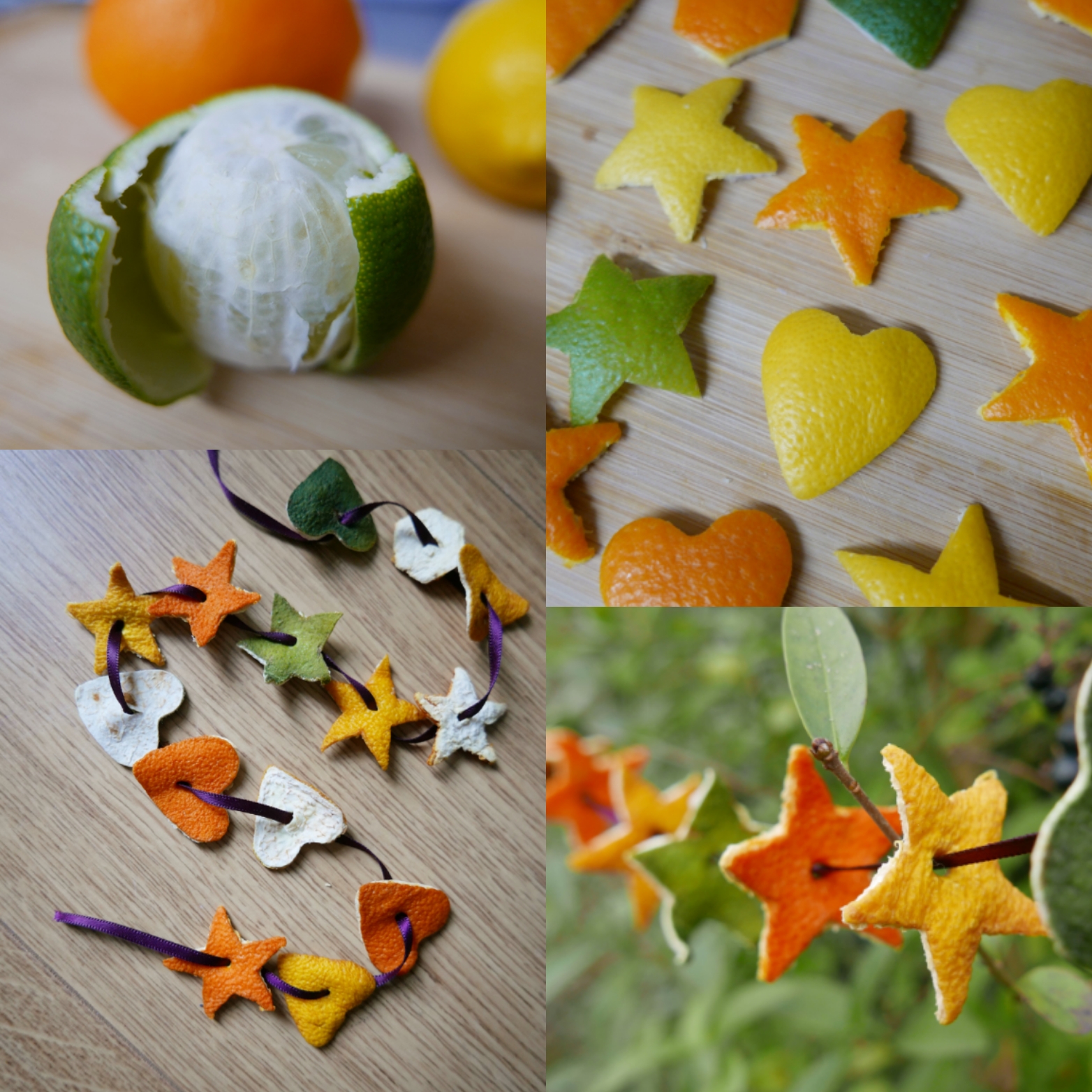
Did you know that a third of the food we eat (including citrus fruits) comes from plants that rely on pollination. Even medicines and materials like morphine, aspirin and cotton are derived from pollinated plants? This is why its so important to help pollinators like bees, butterflies, moths, hover flies and beetles by providing shelter, food and egg laying spaces for them. As well as banning the use of harmful pesticides and protecting their existing habitats.
As wildlife habitats are in decline it’s more important than ever to make space for wildlife in our gardens or around our homes. You can find a whole range of simple and easy ideas here for making a home for wildlife in your garden.

We used lemon, lime and orange peel to make our shapes as we liked the mix of bright colours. We were also using the fruits to make candied citrus fruit slices and syrup. But you can use which ever citrus fruit peel you have. It’s a great way to use up fruit peel from snack time oranges or lemons after you have used the juice in baking or cooking.

Firstly you need to remove the peel from the citrus fruit. I found it was easiest to peel the skin off in one big piece if you carefully slice the top and bottoms of the fruit off with a knife. And then carefully run the edge of the knife under the top most edge of the skin to loosen it from the fruit. (Be careful not to accidently cut your fingers)

Then you can gently peel the skin away from the fruit from the tops and bottoms. Please note it doesn’t really matter if the the peel/skin is in one piece or if you are using scraps of orange peel leftover from eating or baking. It’s just bit easier to cut out shapes if the peel shapes are bigger.

To cut out your shapes you will need some small cookie cutters. We found metal ones works best as it is easier to cut the shapes with them. Press firmly down onto the peel until you feel the cutter reaching the board underneath. Then give it a little wiggle to loosen the shape from the peel.

You can also use a knife to cut freehand shapes like triangles, squares or hexagons. It’s a bit more fiddly but it still works well. If you are going to use your shapes for threading or decoration then carefully push a skewer through each of the middles to form a hole.

When you have finished all the shapes, leave them out to dry for a few days. You may find the holes you have made shrink a little as the peel dries. If this happens you can simply push a skewer through again to widen them.

Now you peel shapes are dry they are ready to play with. They are great for loose parts and sensory play as they smell beautiful and each fruit has a different citrus scent. (Please however be aware of the choking hazard, small children should always be supervised whilst playing with small objects). You can also use your shapes for counting and maths games.
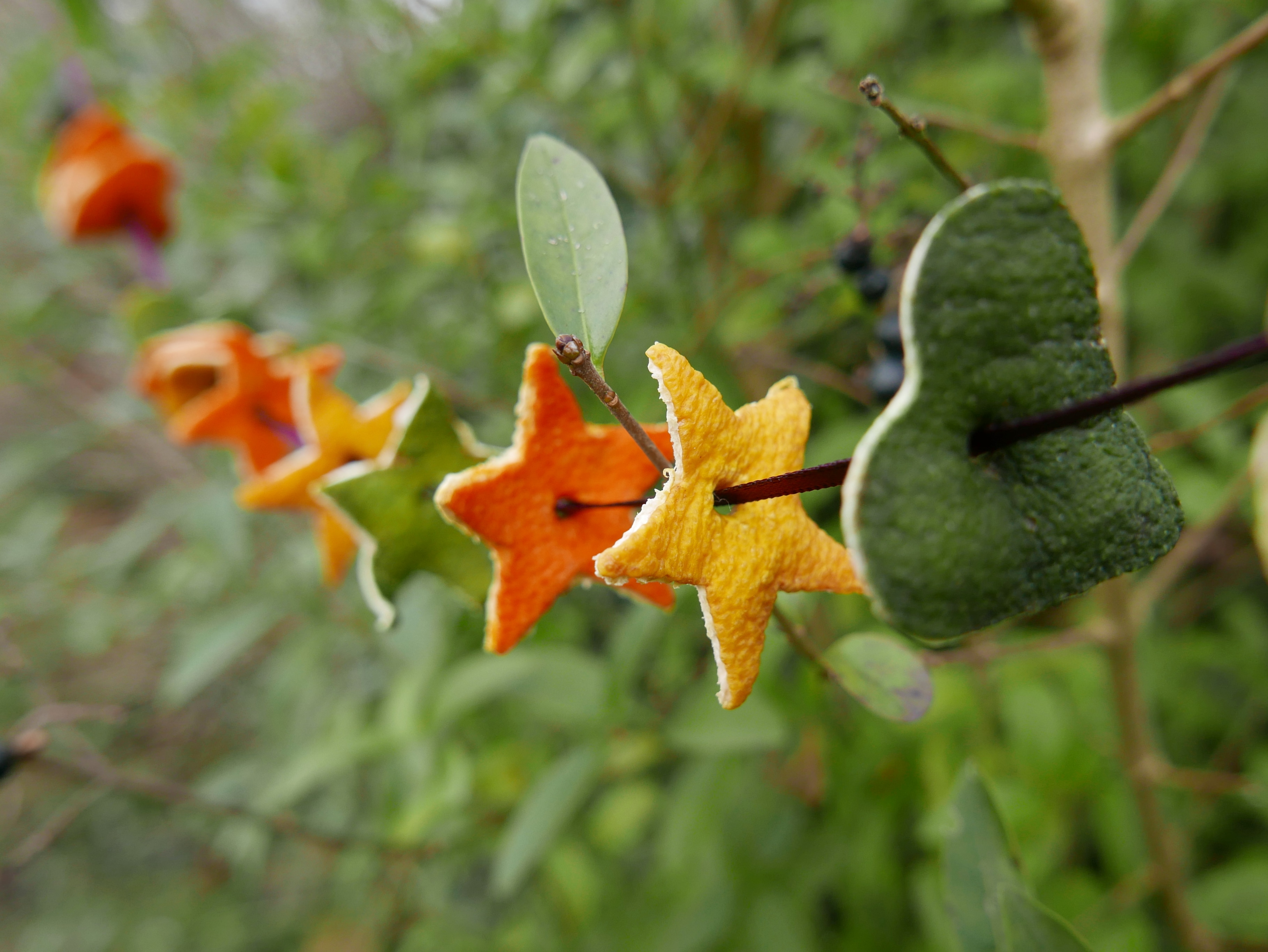
How about practicing and developing fine motor skills by threading the shapes onto string, wool or ribbon. The threaded shapes make great natural decorations or bunting. You could even turn them into necklaces or bracelets.

If you keep them in a cool and dry environment or container they should keep for ages. Ours are still look great and smell gorgeous even after a month of play (photo above of our play shapes after a month). However if any of your play shapes do begin to show signs or going off or moldy then discard them immediately.

If you like this you might like to try:
Christmas ice play activity ideas
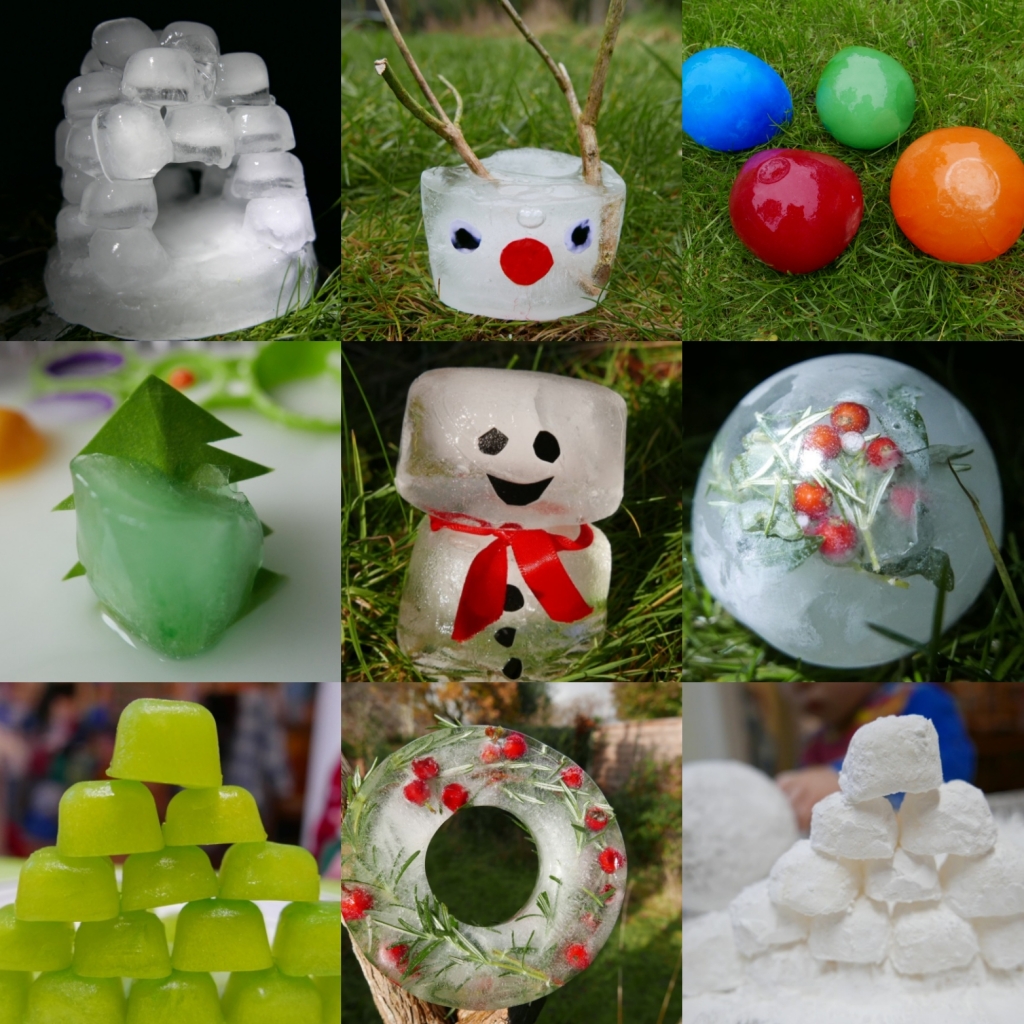
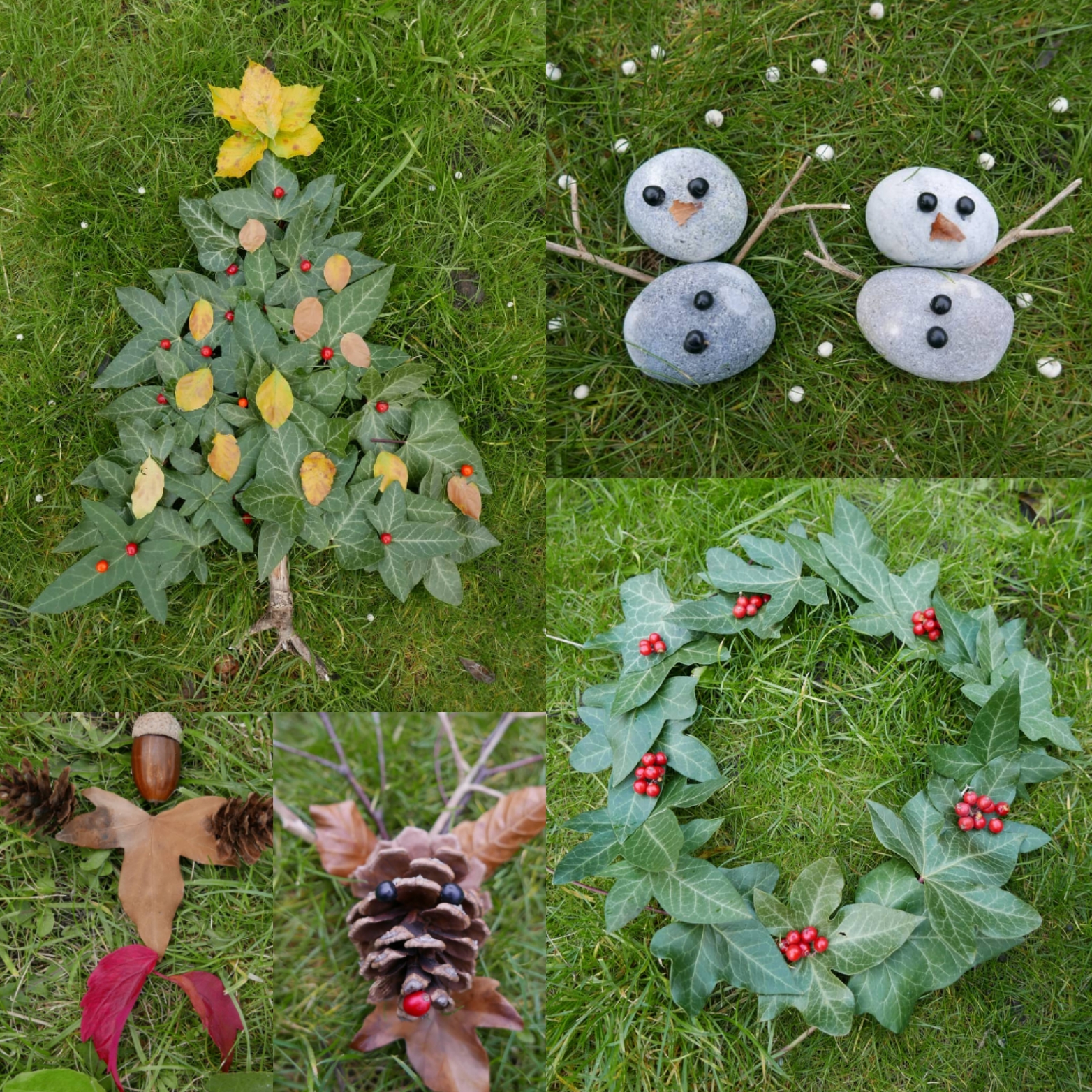
Christmas nature play activity ideas

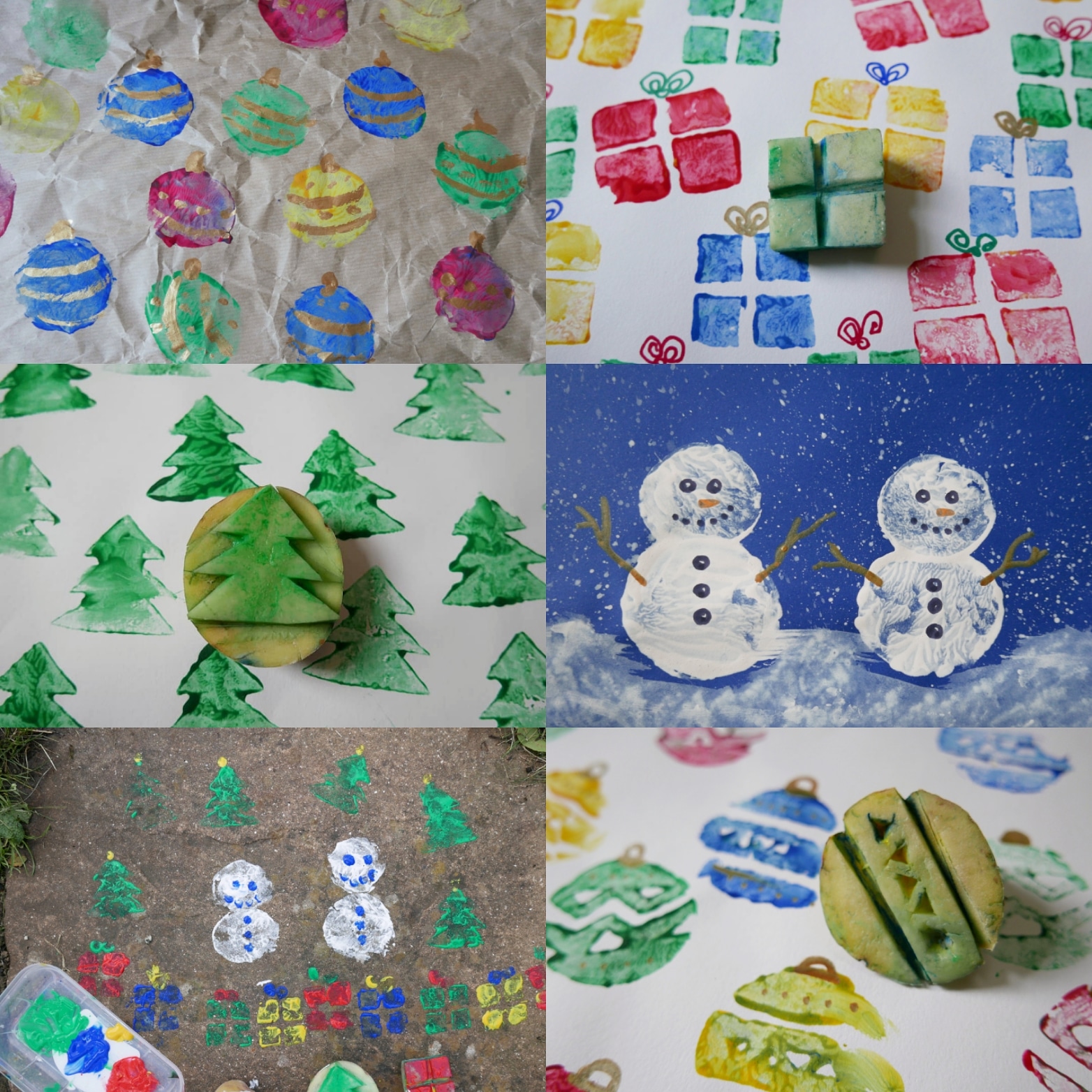
Christmas cardboard tube crafts

30+ Christmas craft activity ideas
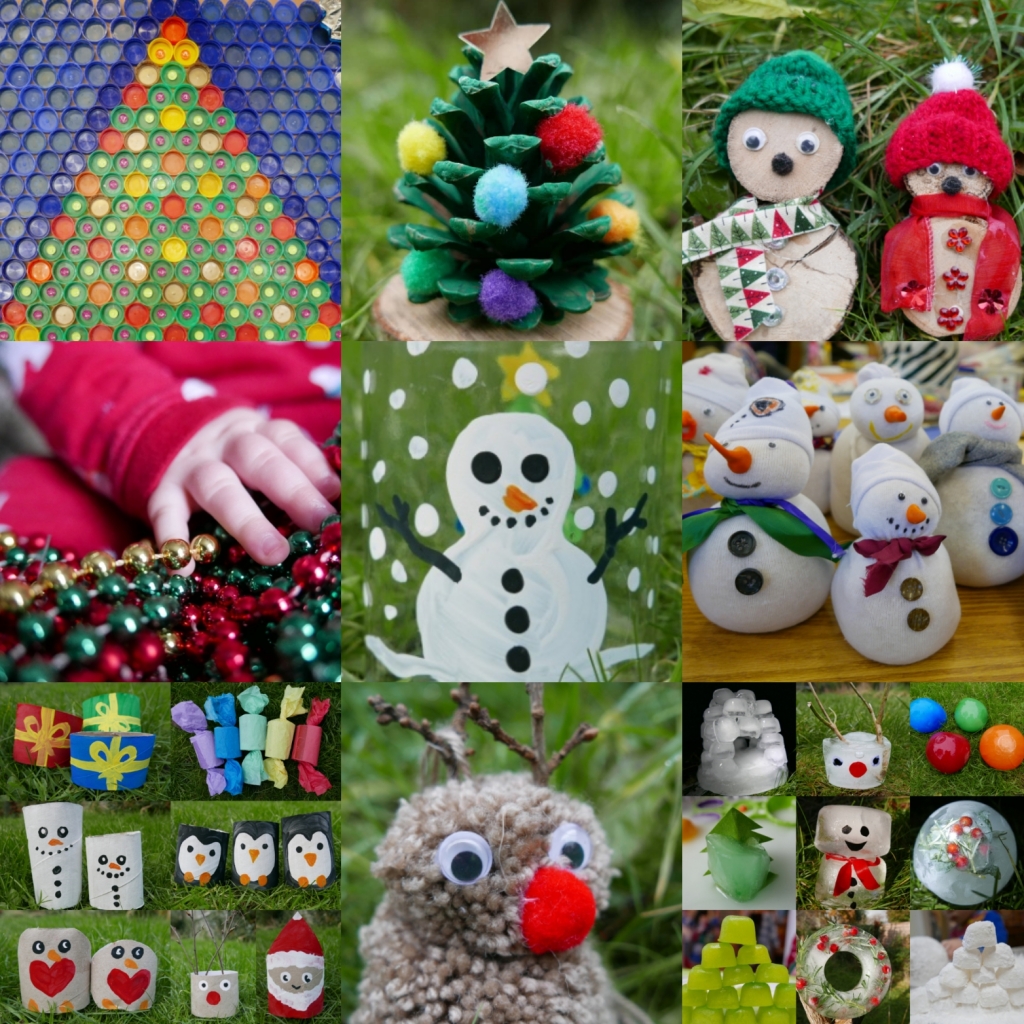


82 thoughts on “Citrus peel play shapes”